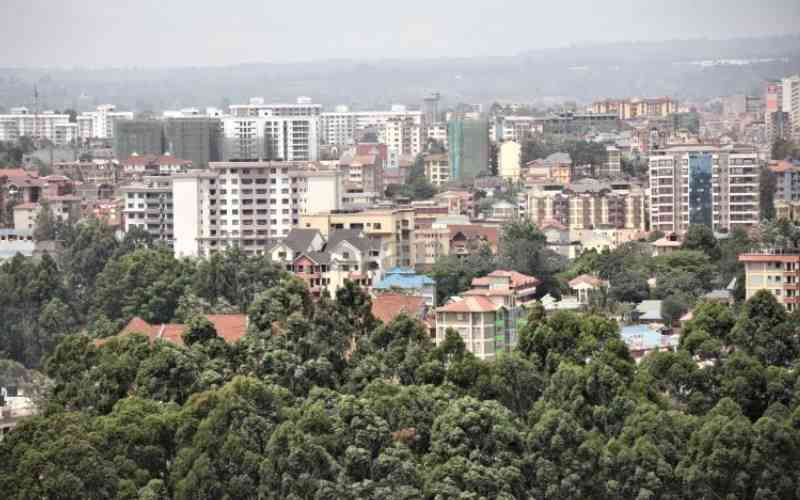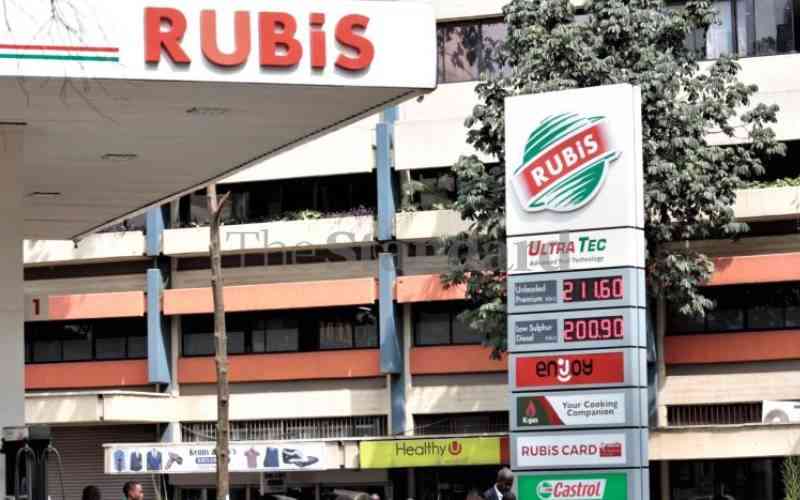 |
|
Under the terms of the shareholders’ agreement established with the Government of Kenya at the time of acquisition, Essar Energy has the right, under certain conditions, to exercise an exit option in which the Government of Kenya would buy Essar Energy’s 50 per cent share of KPRL for $5 million. [PHOTO: FILE/STANDARD] |
Nairobi; Kenya: Kenya is yet to decide whether to turn east Africa’s only oil refinery into an oil storage facility or pay for its upgrade after buying the remaining 50 per cent stake from India’s Essar Energy, the energy minister said on Friday.
Fuel distributors have long complained about the poor quality products from the 50-year-old refinery in the port city of Mombasa and prefer importing cheaper and better imports.
The Government has agreed to pay Essar $5 million (Sh445 million) to buy the Indian firm’s half of the refinery after Essar exited the joint venture in November 2013 and abandoned plans for a $1.2 billion (Sh106.8 billion) upgrade on the advice of consultants who said it was not economically viable.
However, the decision to keep the plant working is backed by prospects for an oil and gas boom in the region following a string of discoveries in Kenya and Uganda, as well as political pressure to keep it running to prevent job losses, analysts say.
Essar said it had planned to increase the refinery’s crude handling capacity to four million tonnes of crude per year (79,000 barrels per day) from 1.6 million now. “Shortly we’ll be looking at various options which are available to us, such as using the refinery as a tank farm that can give us security of supply,” Davis Chirchir, the energy and petroleum minister, told reporters at a geothermal power plant at Olkaria in Kenya’s Rift Valley.
Lower tariffs
“We can also use it as a transshipment tank farm or look at upgrading it.” Oil products from the plant serve customers in Kenya, Uganda, Rwanda, Burundi, Tanzania and parts of Democratic Republic of Congo.
Chirchir was visiting the geothermal power plant owned by state-controlled Kenya Electricity Generating Company (KenGen), near the town of Naivasha, which is being expanded to address chronic power shortages that critics say have discouraged investment.
Endowed with vast geothermal energy resources, the East African nation wants to expand its generation capacity by 5,000 MW by 2017 from about 1,700 MW now, to lower tariffs and cut costs of doing business.
East Africa’s largest economy is struggling with dilapidated energy infrastructure and the government plans to increase electricity supply and at the same time keep costs low.
“I think the important thing here that we really need to appreciate is that we are driving the cost of power in Kenya down to make our country competitive,” Chirchir said.
“When we do that we expect to spur demand, because boosting demand is about introducing a new industry in our country.” The minister said Kenya would attract large companies to invest in the nearby region, by setting up an industrial park.
So far, a paper and textile companies that require steam in their manufacturing processes have expressed interest in the project, officials said, without giving further details.
KenGen, which is 70 per cent state-owned and is Kenya’s biggest power generator, plans to team up with private investors to build new geothermal power plants by 2016.
—Reuters
 The Standard Group Plc is a multi-media organization with investments in media
platforms spanning newspaper print operations, television, radio broadcasting,
digital and online services. The Standard Group is recognized as a leading
multi-media house in Kenya with a key influence in matters of national and
international interest.
The Standard Group Plc is a multi-media organization with investments in media
platforms spanning newspaper print operations, television, radio broadcasting,
digital and online services. The Standard Group is recognized as a leading
multi-media house in Kenya with a key influence in matters of national and
international interest.
 The Standard Group Plc is a multi-media organization with investments in media
platforms spanning newspaper print operations, television, radio broadcasting,
digital and online services. The Standard Group is recognized as a leading
multi-media house in Kenya with a key influence in matters of national and
international interest.
The Standard Group Plc is a multi-media organization with investments in media
platforms spanning newspaper print operations, television, radio broadcasting,
digital and online services. The Standard Group is recognized as a leading
multi-media house in Kenya with a key influence in matters of national and
international interest.










